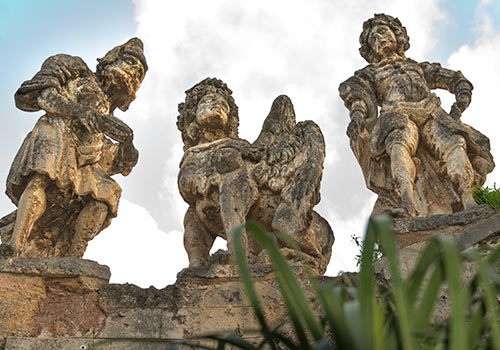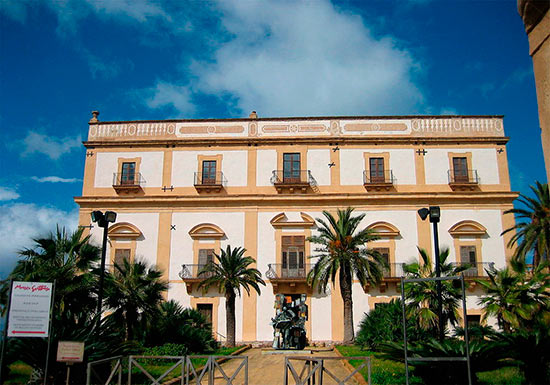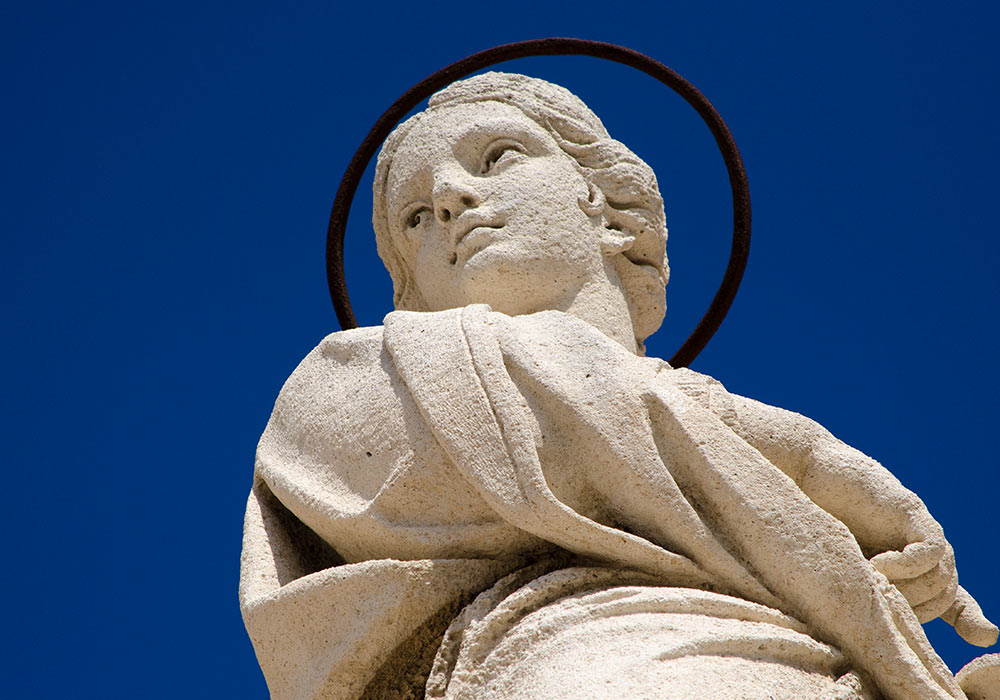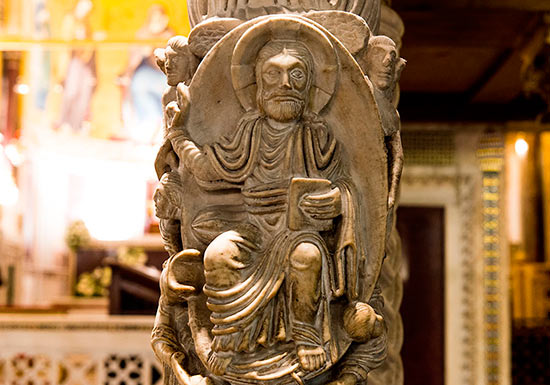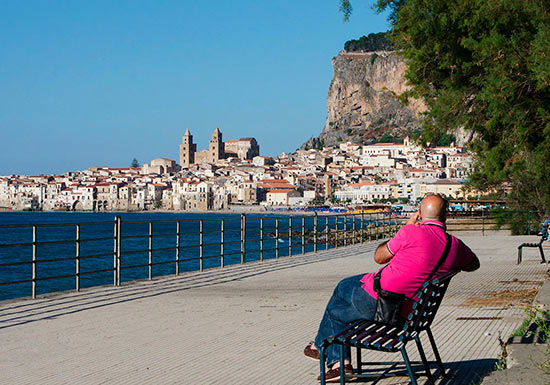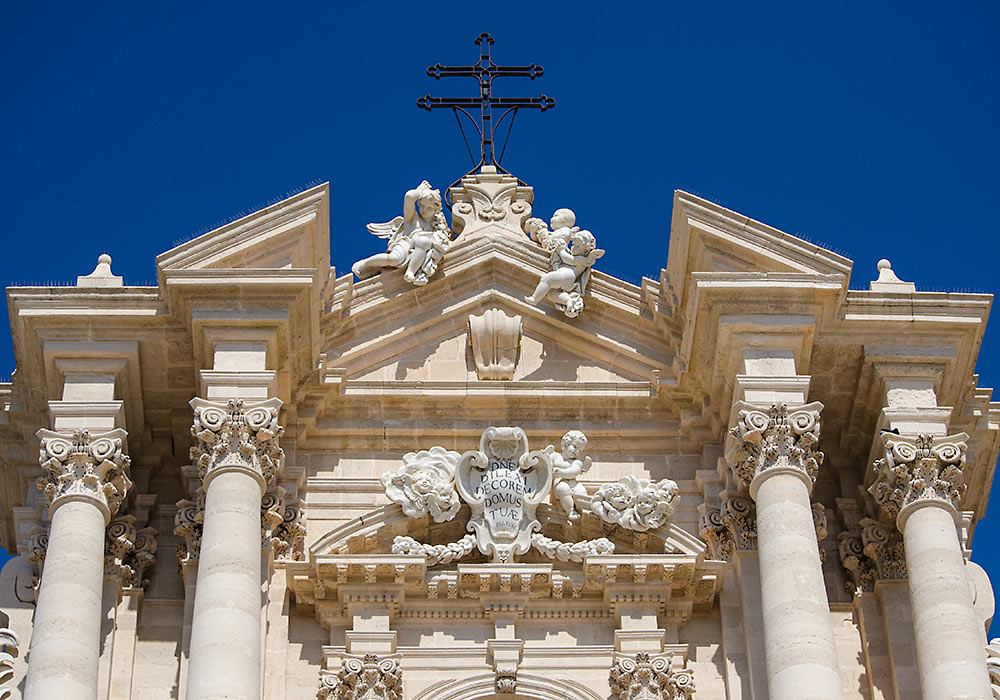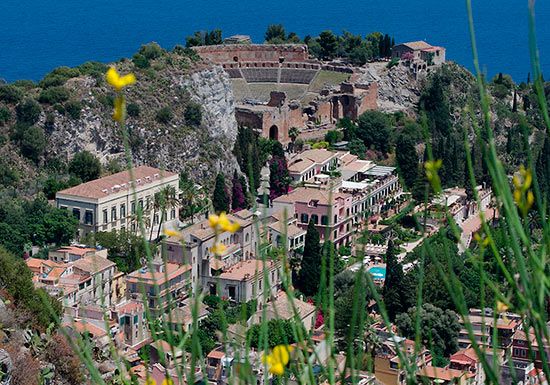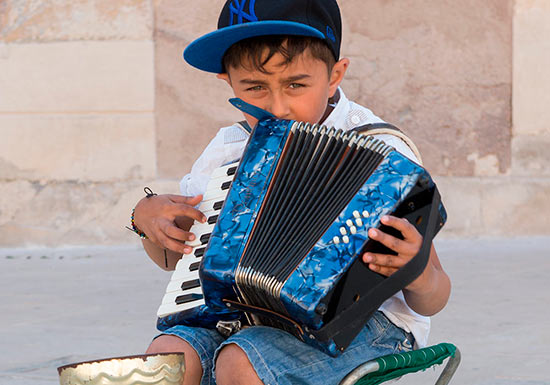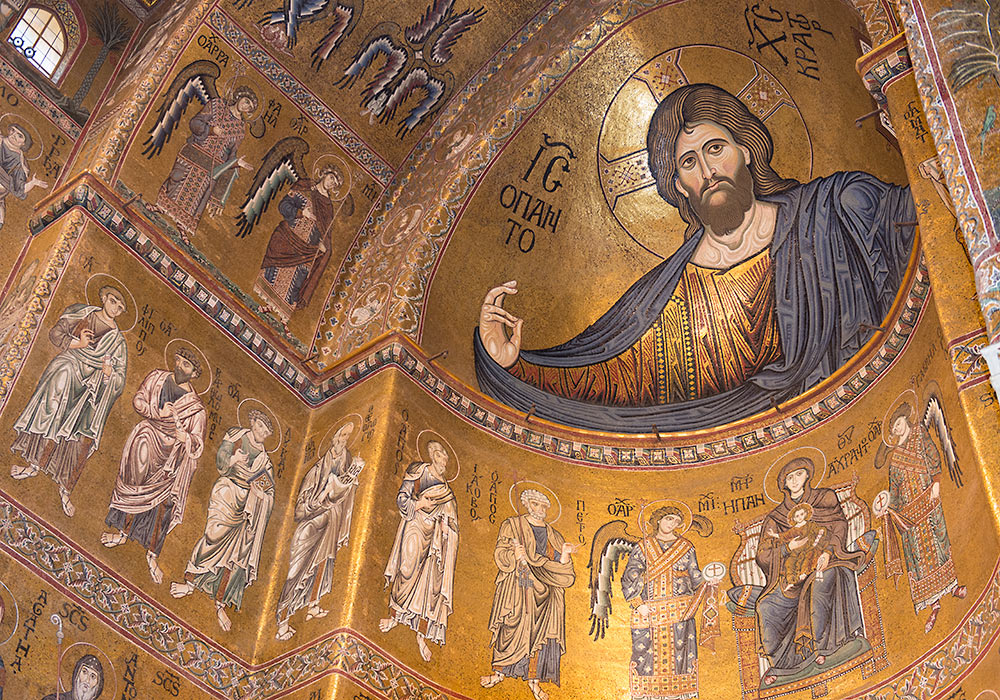Death in Sardinia: Cimitero monumentale di Bonaria, Cagliari
As a peaceful green spot, you'll find the Cimitero Bonaria di Cagliari facing towards the cathedral and the sea. Once the small hill of Bonaria used to be a prehistorical sanctuary and a burial site. Later, during the spanish invasion, as a fortress from where the aragonian soldiers fought the cagliaritans.
In the mid 1800-century the authorities of Cagliari were forced to find new burial sites outside of Cagliari, due to lack of available sites within the city.
The oldest part of the Cimitero Bonaria di Cagliari is like entering an art museum. And the graveyard really appear as an open air museum, where one can study late 1800-century burial tradition mixed with remains of roman sarcophagi. Among the thousand of graves and chapels, some of the monuments will simply force you to stop, to reflect over those who passed away, and those who remained. The little boy, is a good example. You will find him sitting on his chair with the inscription «cattivo! perche non ti svegli» which can be translated to «Silly boy! Why dont you wake up». Many of the beautiful monuments are made by Giuseppe Sartorio, and if you are forced to take a closer look on one of those that almost take your breath away - theres a great chance that Sartorio made it.
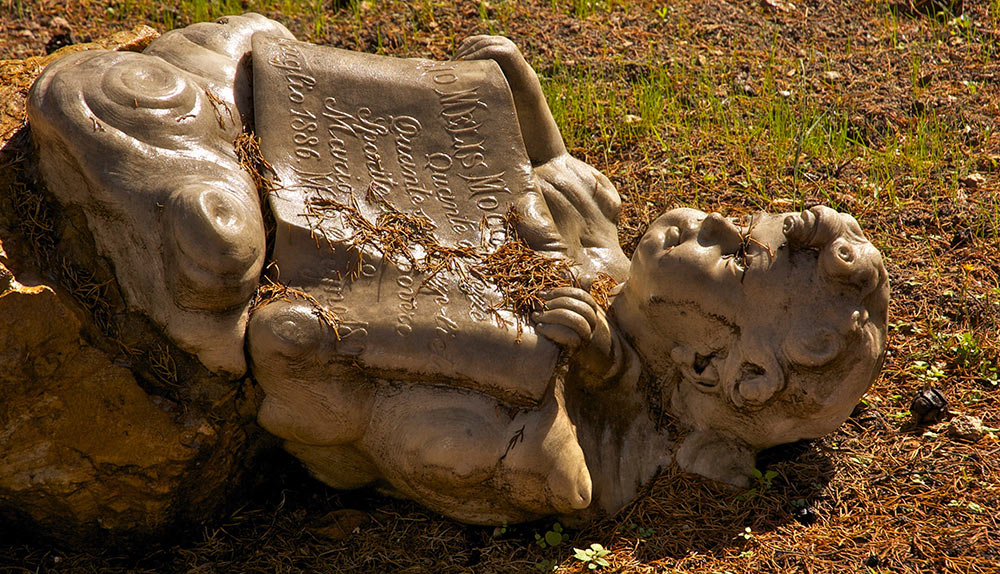
Photo: Jon Amundsen
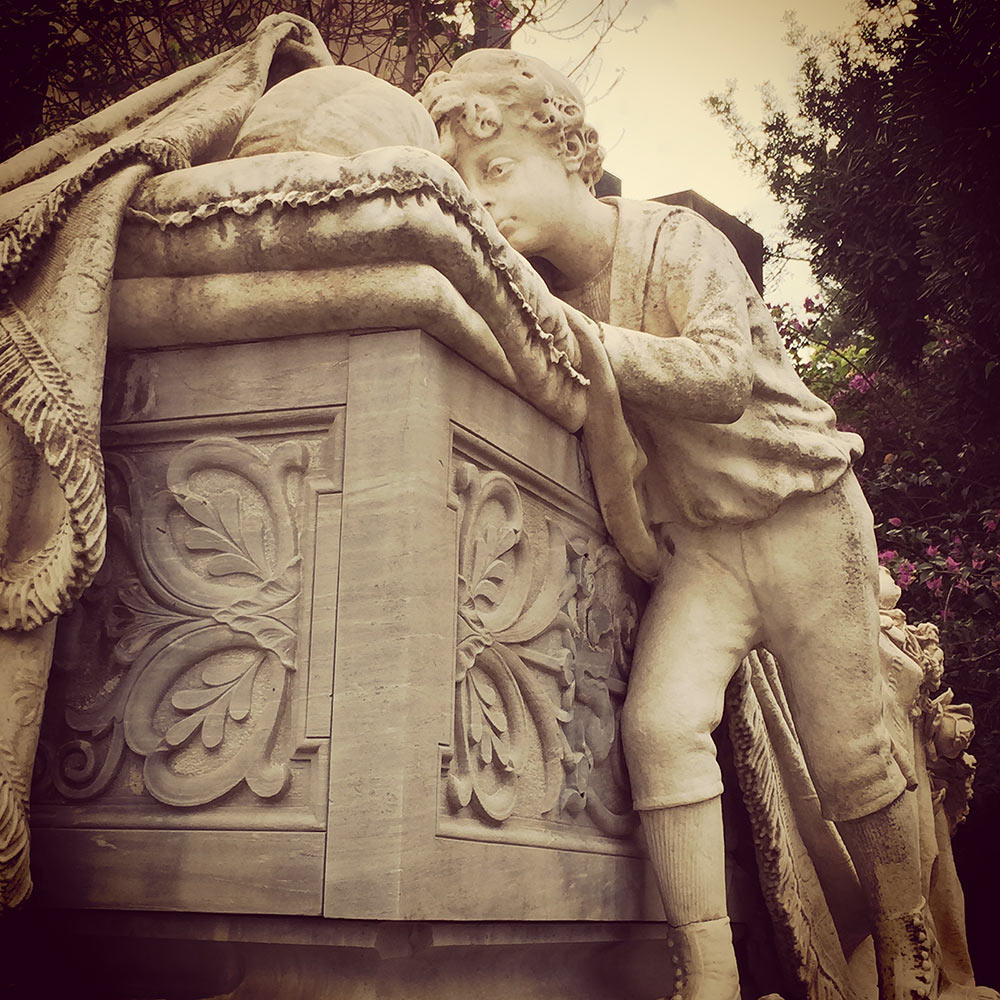
Photo: Jon Amundsen
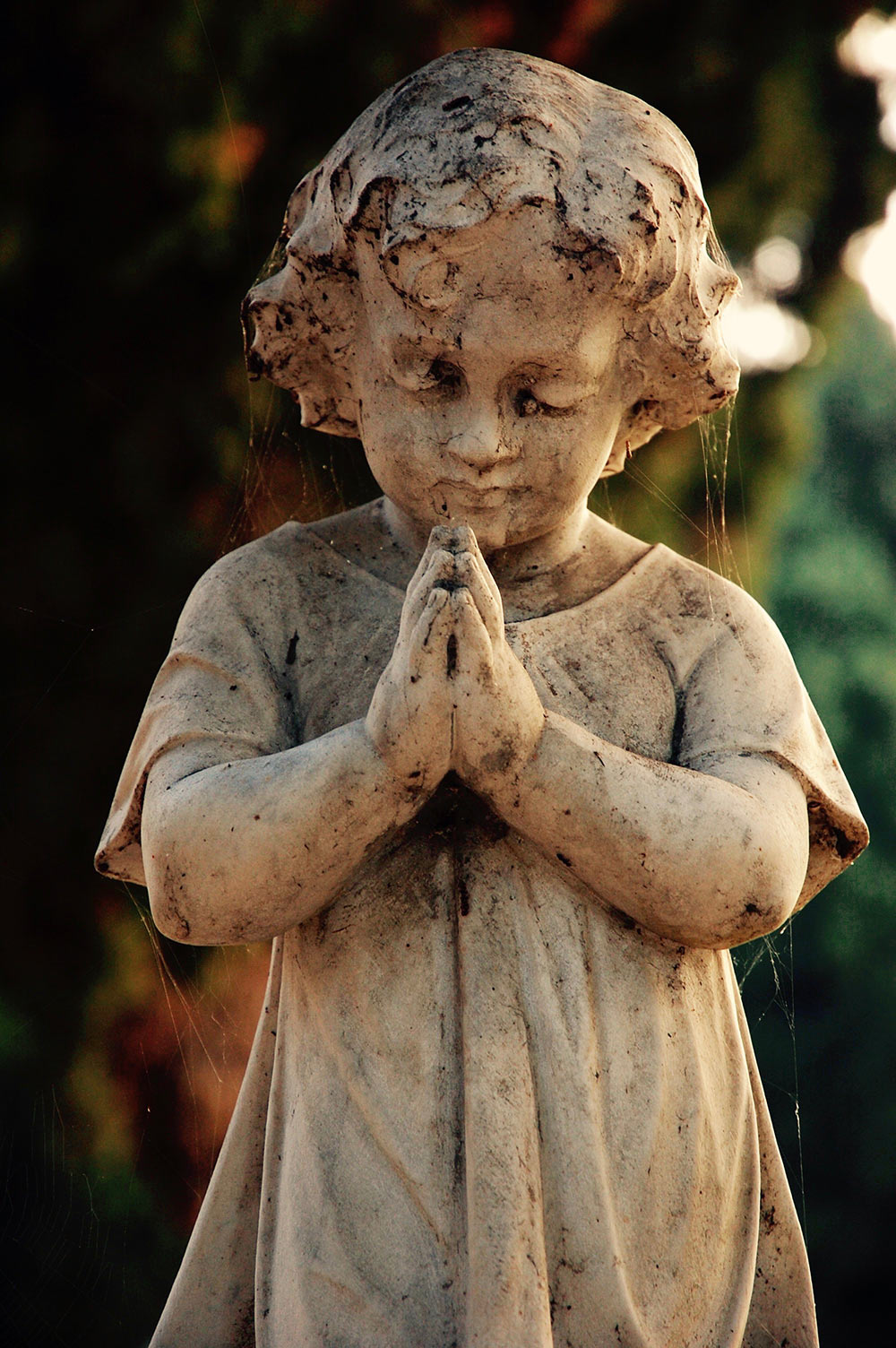
Photo: Jon Amundsen
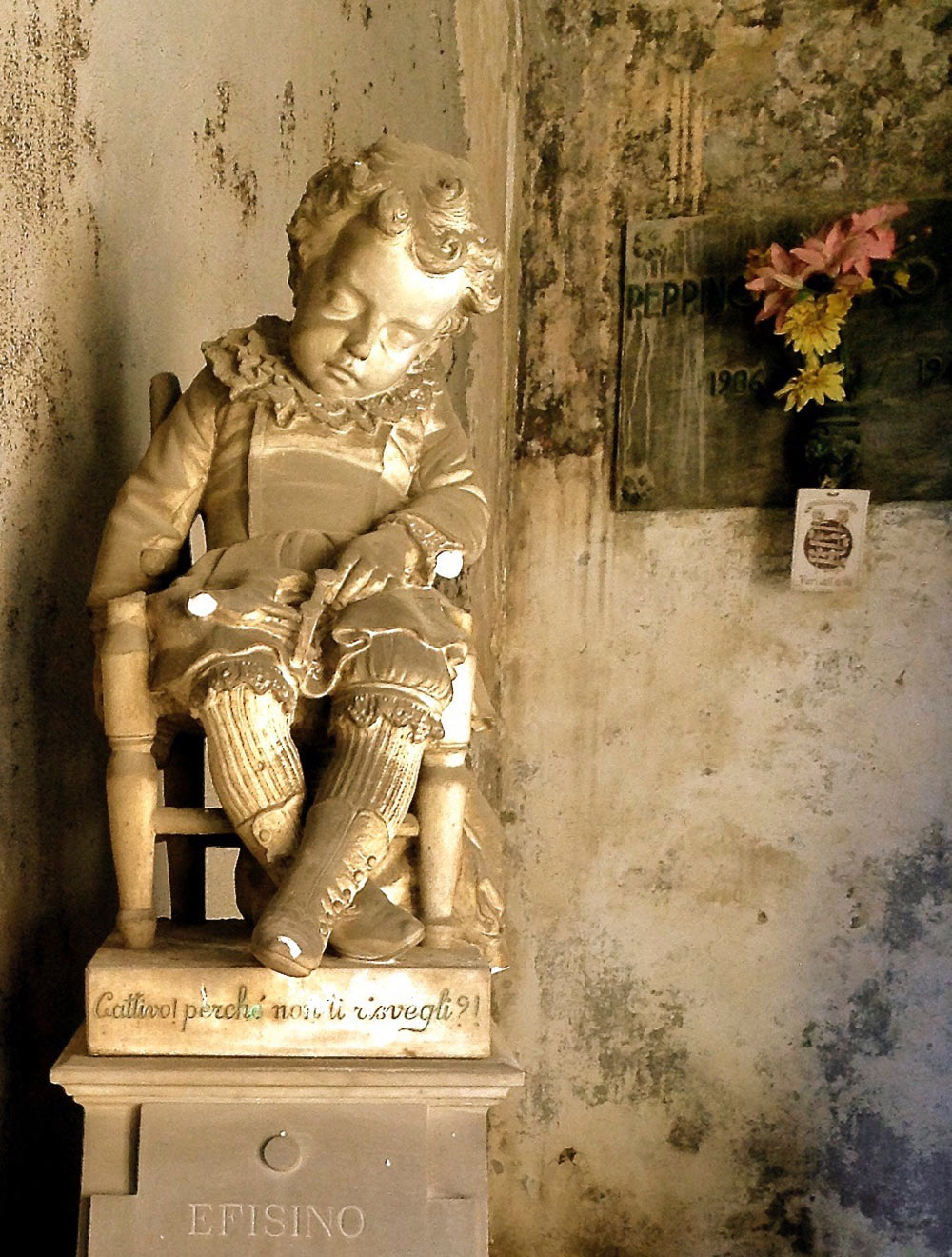
The little boy is sitting on his chair with the inscription «Cattivo! perche non ti svegli» which can be translated to «Silly boy! Why dont you wake up».
Photo: Jon Amundsen
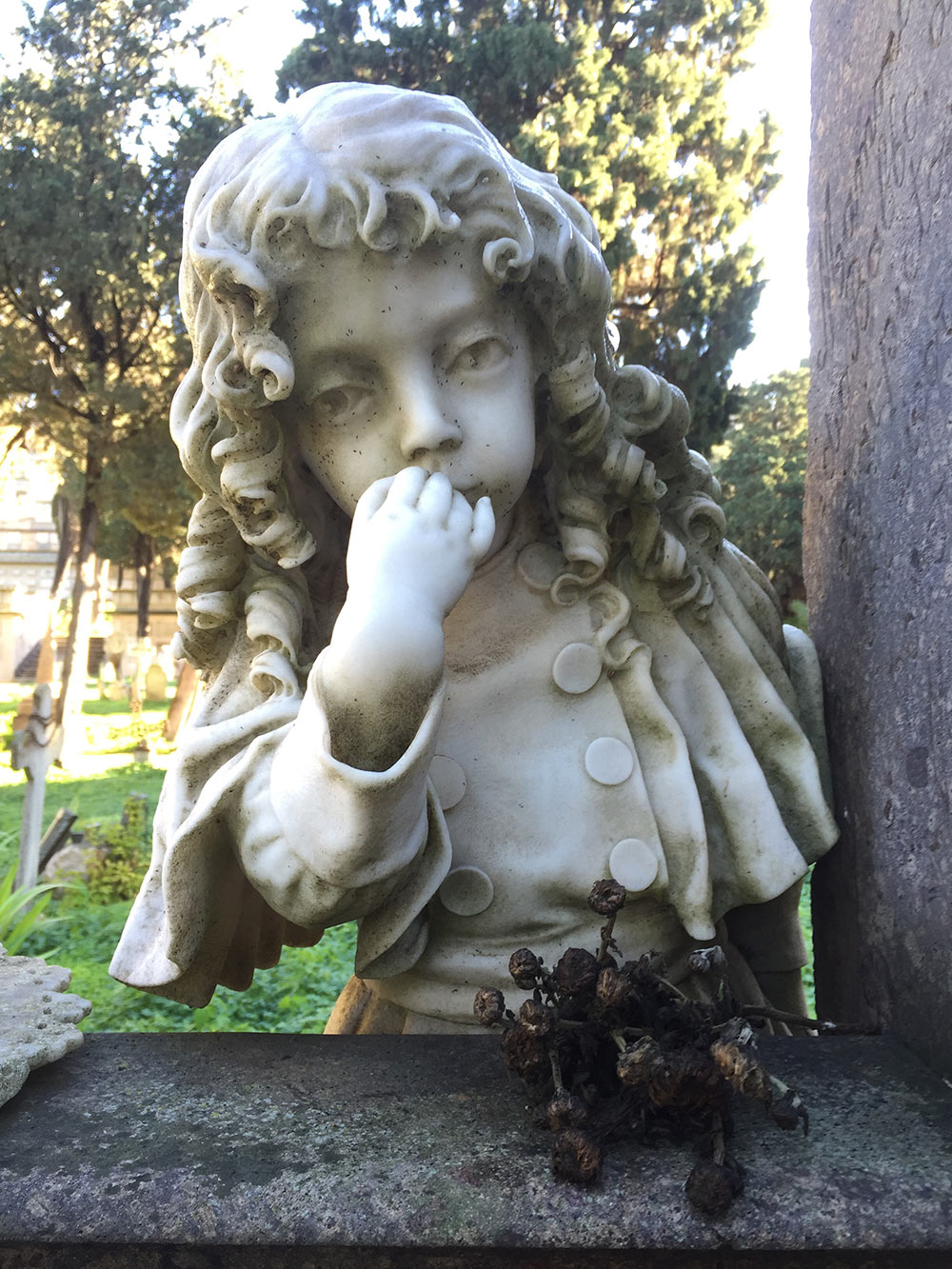
Photo: Jon Amundsen
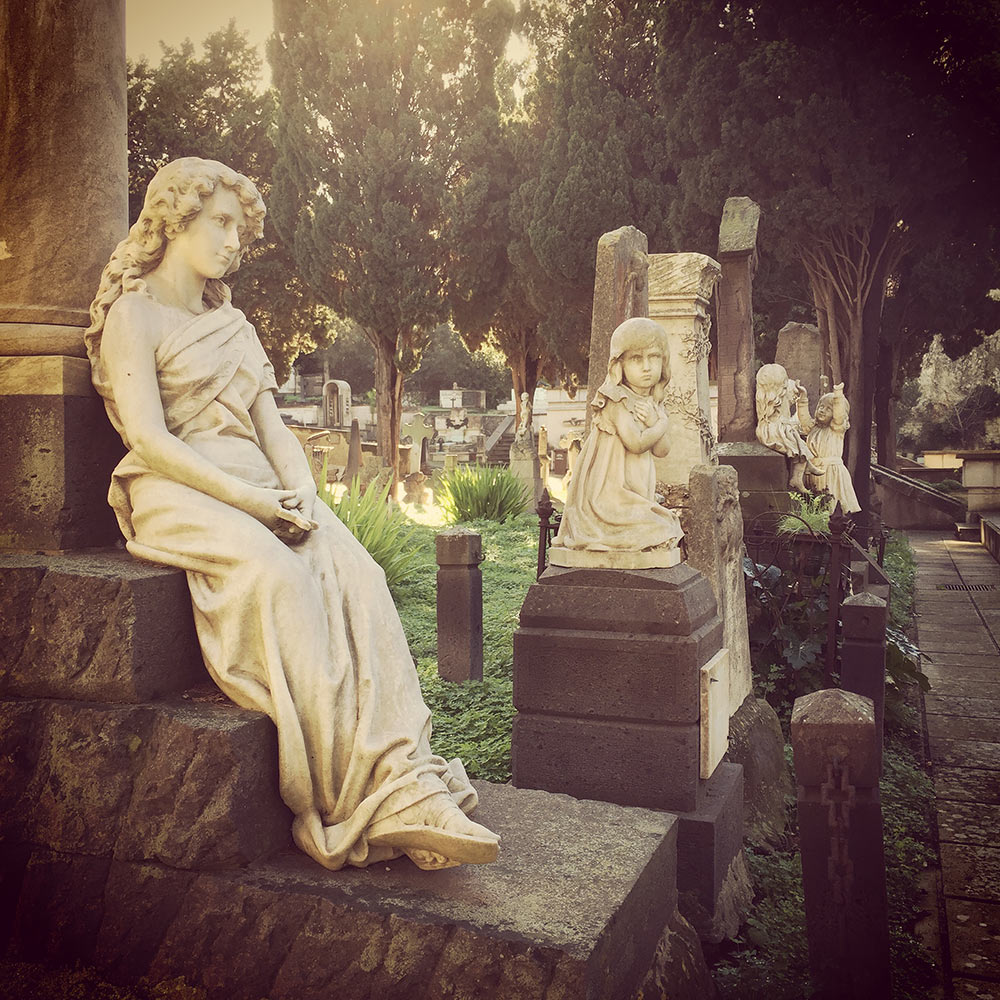
Photo: Jon Amundsen
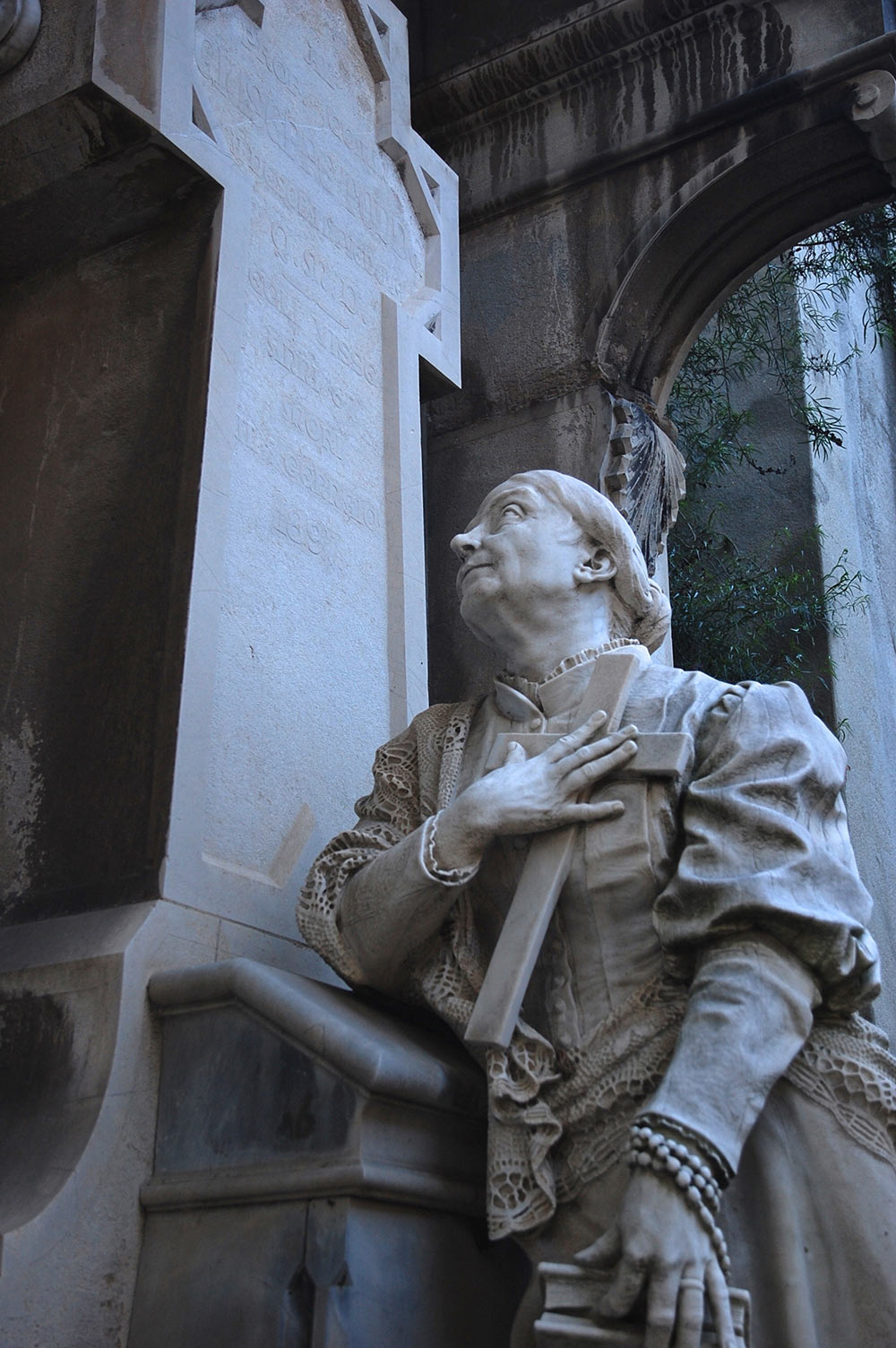
Photo: Jon Amundsen
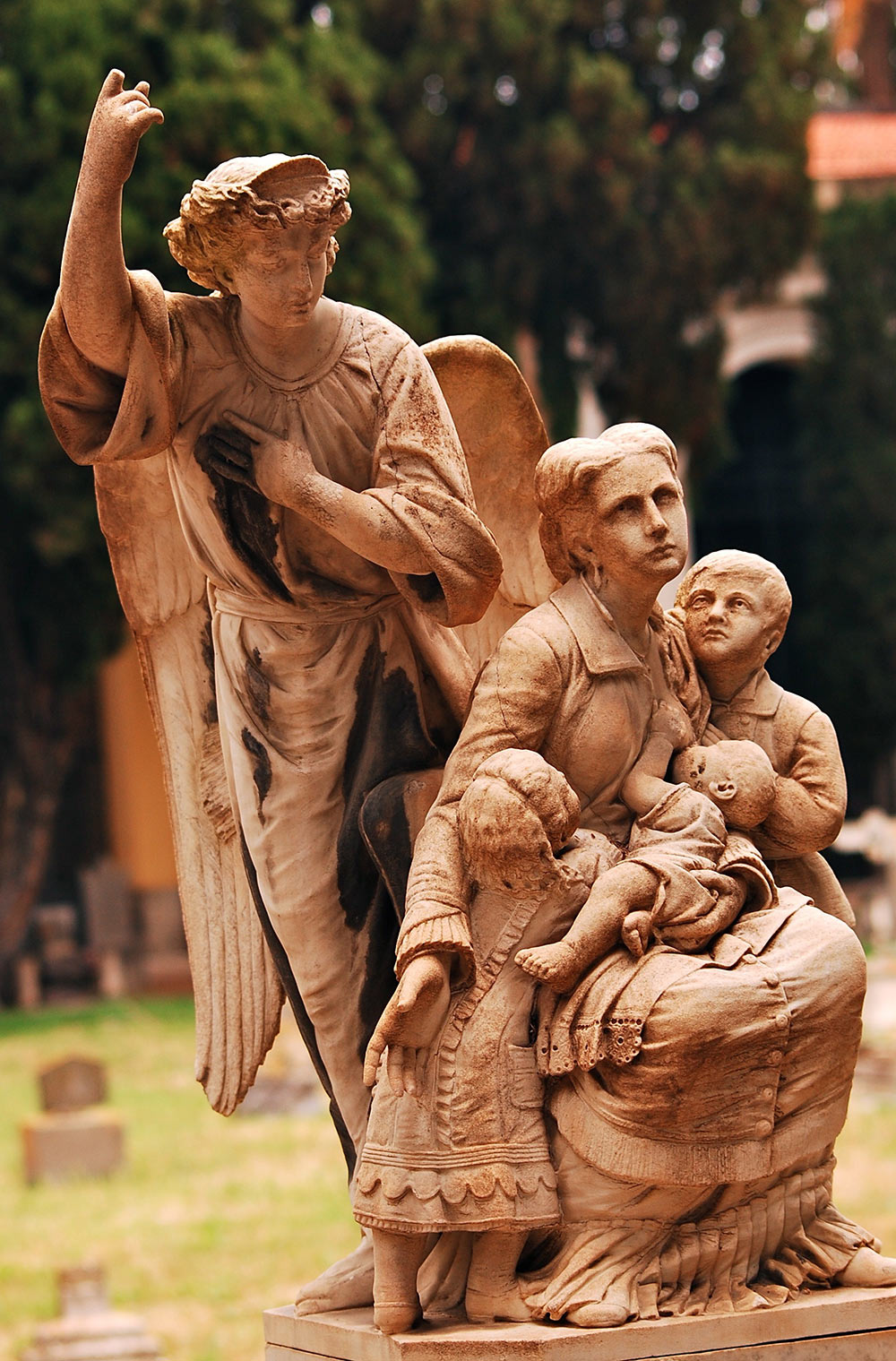
Photo: Jon Amundsen
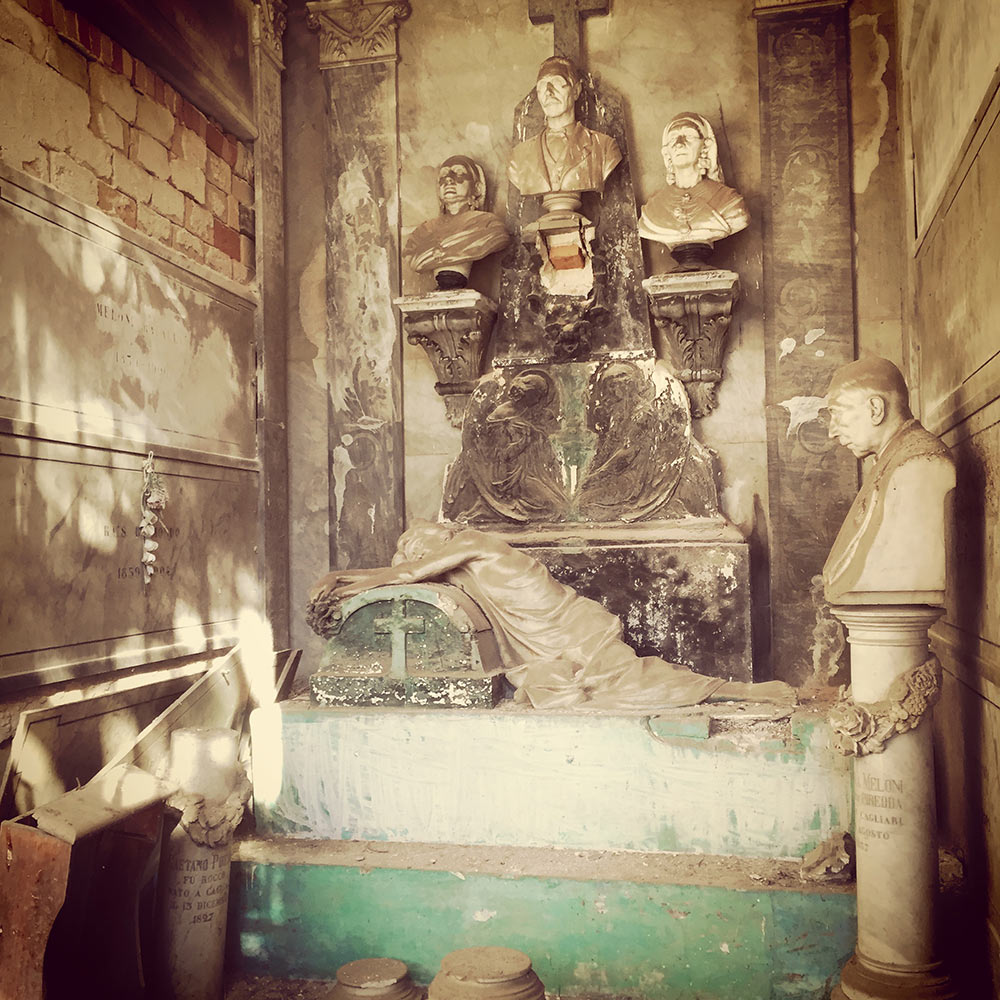
Photo: Jon Amundsen
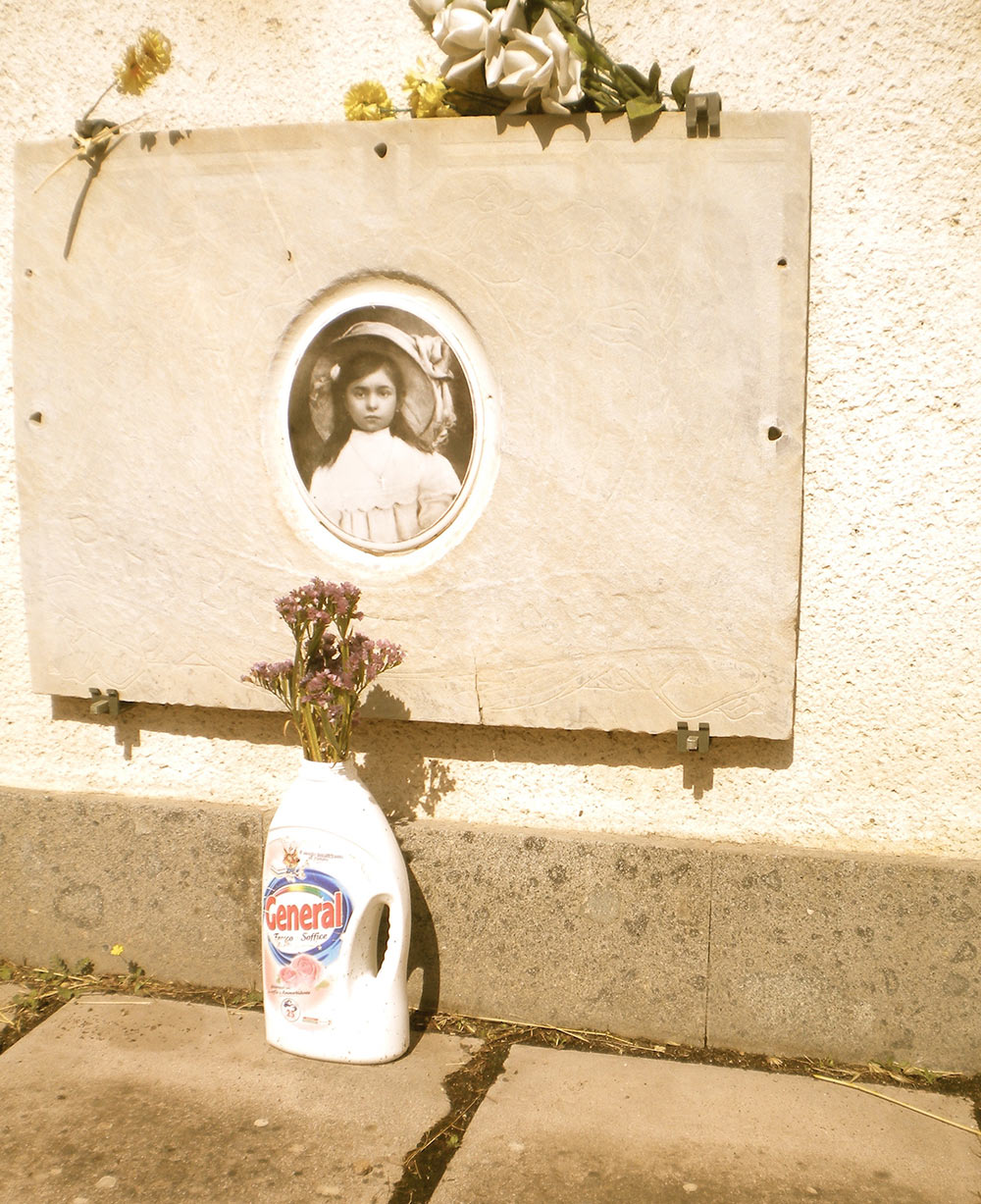
Photo: Jon Amundsen
Jon Amundsen
Jon Amundsen is living part time in Norway, and on the Italian island of Sardinia. He have his background as a chemical engineer in an archaeological museum in Norway. Today all of his time is consentrated on running the private Italian language school, Allora. Click here for homepage
Acireale - Agrigento - Castelbuono - Catania - Cefalù - Enna - Erice - Modica - Monreale - Noto - Palermo - Ragusa Ibla - Segesta - Selinunte - Taormina - Syracuse (Siracusa) - Trapani -
Alesa Arconidea - Aleister Crowley in Cefalù - Bagheria - Balconies in Sicily - Baron Wilhelm von Gloeden - Baroque architecture in Sicily - Birds in Sicily - Caccamo - cars in Sicily - Castelmola - Cats in Italy - Collesano - Death in Sicily - Death in Sardinia - Entella - Film locations in Sicily - Fish, fishermen and fish markets in Sicily - Gela - Gibilmanna - Greeks in Sicily - Halaesa Arconidea - insects in Sicily - Linguaglossa - Lizards in Sicily - Maps of Sicily - Monreale Cathedral - Monreale Cloister - Life in Sicily - Mosaics in Sicily - Mount Etna - Museums and Exhibitions - Normans in Sicily - Palermo: Museum of the Holy Inquisition - Palermo: the Norman Palace - Palermo: Oratorio del SS. Rosario, San Domenico - Palermo: the Palatine Chapel (Cappella Palatina) - Palermo: Richard Wagner in Sicily - Palermo: La Zisa - Palermo: Chiesa Santa Maria della Catena (Church of Saint Mary of the Chain) - Syracuse: The Archeological Park - Tommaso Fazello - Tuna fishing in Sicily (La Mattanza) - Videos - Villa Palagonia (Bagheria) "The Villa of Monsters" (Villa dei Mostri) - Villa Romana del Casale (near Piazza Armerina) - Sicily in Art - Sicilian Art and Artists - The White Lotus season 2 locations in Sicily -

